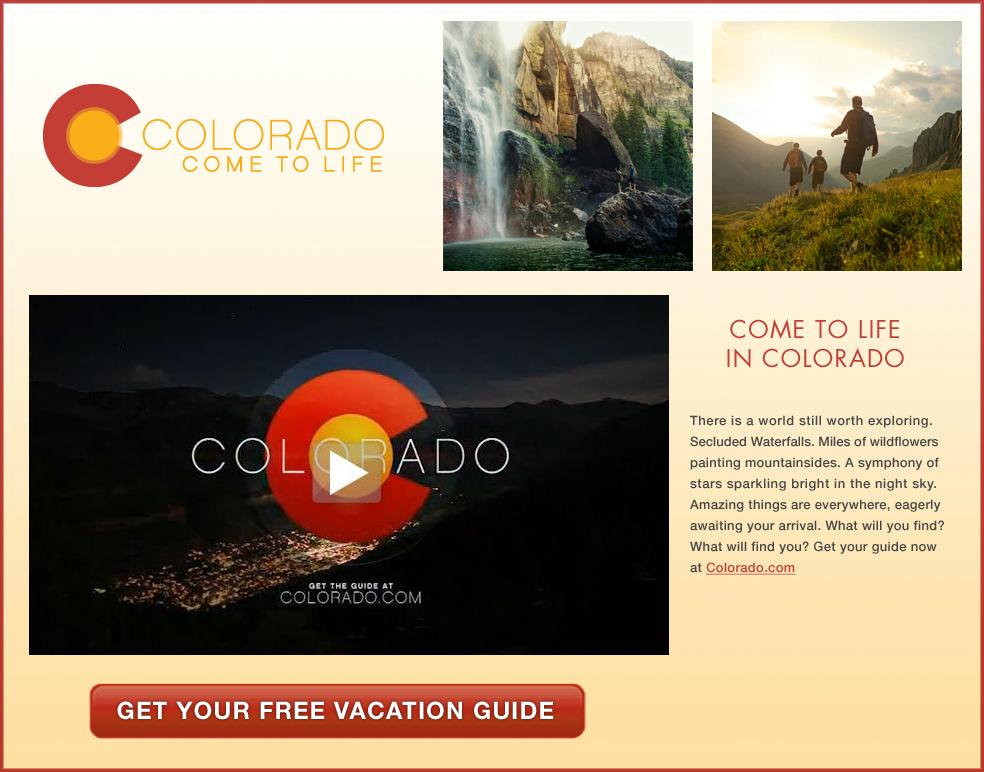Video Postcards Make Travel Destinations Come Alive
For decades, travelers have mailed picture postcards to friends and family members detailing vacation highlights. Though they are static in nature, the visual composition of postcards make them a wonderful way to showcase travel destinations. Additionally, the personal side of postcard messages make these simple pieces effective word of mouth vehicles for tourism.
The October issue of Direct Marketing News analyzes the digital efforts that different tourist boards utilize. Even in the 21st century, many travel marketers are relying on static content to promote their destinations.
Kudos were given to the Colorado Tourism Office’s email campaign:
Besides numerous deals, the campaign highlights various activities with links to slideshows and planning tips.
Slideshows are a good way to make content more engaging, but video postcards are better. Video postcards offer the opportunity to use audiovisual content in a visually interesting design that features branding, messaging and calls to action. This is an example of a Colorado Tourism video postcard created earlier this year:

Along with the ability to present content in a compelling style, video postcards offer the ability to track audience engagement on a number of levels. First and foremost, marketers can measure the amount of time a viewer spends watching the video, along with determining the number of viewers who watch a video to completion. More importantly, video postcards can measure the number of clicks generated by the direct calls to action.
The following are statistics from Flimp video postcard campaigns launched in 2012 for different travel destinations:
In all instances, the average time spent by viewers watching the video exceeded the video’s duration. Additionally, viewer watch to completion ranged from 17.28 percent to over 62 percent. The calls to action generated between a 13.21 percent click through rate to a 46.07 percent click through rate.
Unlike traditional postcards which can only be sent in the mail or delivered to people in person, video postcards can be distributed in a number of different ways. Most travel and tourism marketers choose to send video emails featuring the video postcard. The portability of video postcards make them easy to share via social media networks. Also, video postcards can serve as powerful landing pages for keyword advertising campaigns. Finally, many video postcards designed for tourism encourage viewers to share the content.

Leave a Reply
You must be logged in to post a comment.